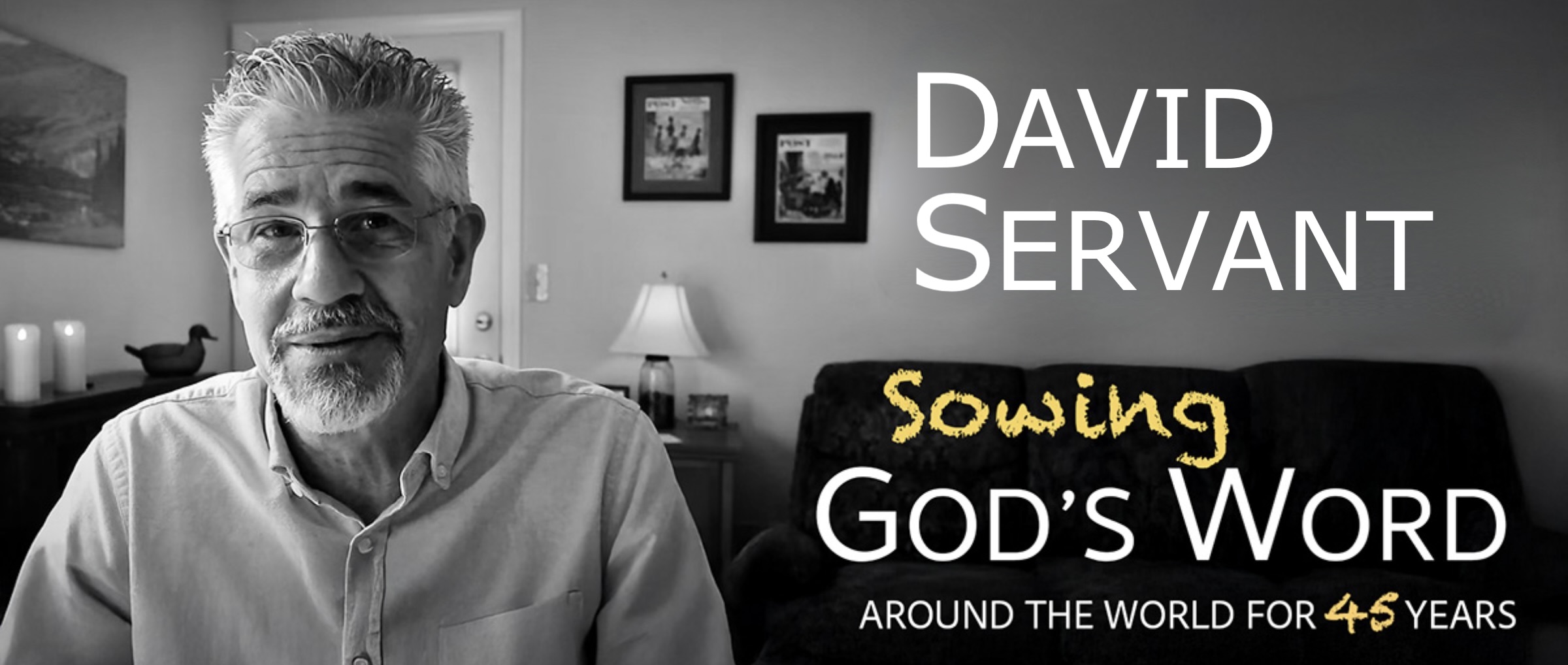Although the four steps of reconciliation listed by Jesus are quite simple to understand, they can be more complex to actually practice. When Jesus outlined the four steps, He did so from a perspective of when brother A is convinced, and rightly so, that brother B has sinned against him. In reality, however, brother A could be wrong. So let’s imagine a situation in which every possible scenario is considered.
If brother A is convinced that brother B has sinned against him, he should first make sure that he is not being overly critical, finding a spec in brother B’s eye. Many small offenses should just be overlooked and mercy extended (see Matt. 7:3-5). If, however, brother A finds himself feeling resentment towards brother B for a significant offense, he should confront him.
He should do it privately, obeying Jesus’ command, demonstrating his love for brother B. His motive should be love and his goal reconciliation. He shouldn’t tell anyone else about the offense. “Love covers a multitude of sins” (1 Pet. 4:8). If we love someone, we won’t expose his sins; we’ll hide them.
His confrontation should be gentle, demonstrating his love. He should say something like, “Brother B, I really value our relationship. But something has happened that has created a wall in my heart against you. I don’t want that wall to be there, and so I must tell you why I feel you have sinned against me so that we can work to be reconciled. And if I have done anything that has contributed to this problem, I want you to tell me.” And then he should gently tell brother B what the offense is.
In most cases, brother B will not even have realized that he offended brother A, and as soon as he learns that he has, he will ask forgiveness. If that is what happens, brother A should immediately forgive brother B. Reconciliation has taken place.
Another possible scenario is that brother B will try to justify his sin against brother A by telling him that he was only reacting to an offense already committed by brother A against him. If that is the case, brother B should have already confronted brother A. But at least now there is finally some dialogue and a hope of reconciliation.
In such cases, the offended parties should discuss what happened, admit their blame to the degree of each one’s guilt, and then offer and receive forgiveness from each other. Reconciliation has been accomplished.
A third scenario is that A and B are unable to reconcile. They thus need help, and it is time to go to step two.

